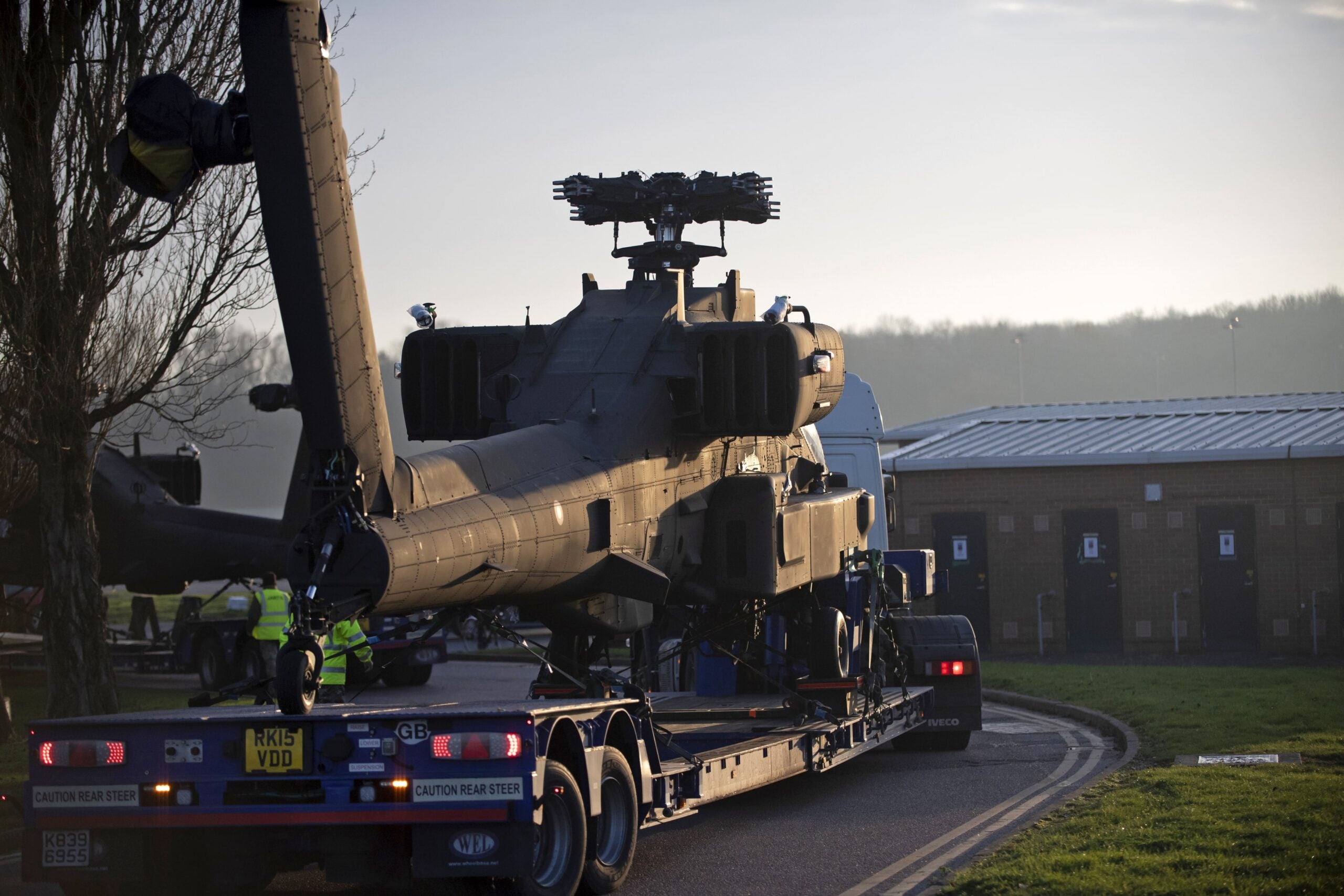
Confirming the decision in a written response to a parliamentary question, Quinn said: “The Joint Air-to-Ground Missile (JAGM) for the new AH-64E Future Attack Helicopter has been selected. This missile is designed for helicopter use and is already integrated within the aircraft, simulators and mission planning systems.
“In addition to JAGM, the Hellfire K1 and Hellfire Romeo missiles will also be fully qualified and integrated onto the aircraft.”
The decision prompted round criticism from defence commentators for going against the grain of the government’s prosperity agenda and not selecting a UK-made system.
Labour MP and Former Shadow Defence Minister Kevan Jones criticised the decision, telling Army Technology: “I am extremely disappointed to see Brimstone overlooked for this programme, especially as it was established back in 2016 that Brimstone could be effectively integrated into Apache AH-64E at low-risk.
“The Government must urgently restrain its tendency to ‘buy American’ and support UK PLC in maintaining these critical capabilities onshore.”
Current US figures put the unit cost of a Lockheed Martin-made JAGM at around $324,805 (£229,101) per missile; however, this figure is expected to fall significantly as production is increased, with the aim being a full-scale production unit cost close to that of the current AGM-114R Hellfire missile.
The cost of Brimstone would also decrease given large enough orders; however, Defence industry analyst and consultant specialising in land warfare Nicholas Drummond told Army Technology that it would be unlikely to go below £200K per missile.
Selecting Brimstone; however’ would have also incurred further integration costs, whilst the JAGM is already integrated onto the AH-64E. JAGM is also already integrated within the aircraft simulators and mission planning systems.
Commenting on the decision, a Ministry of Defence Spokesperson told Army Technology: “Following an assessment of all missile options for the new Apaches, the contract will be awarded based on design and integration within the aircraft systems.
“We remain committed to the Brimstone programme and have confidence in its capability as a cutting-edge weapon.”
Royal United Services Institute research fellow and editor of RUSI Defence Systems Justin Bronk told Army Technology said there were arguments for and against the use of either missile, adding that both would be ‘sufficiently’ capable against Russian main battle tanks for the foreseeable future for the helicopters core anti-tank role.
Bronk added that Brimstone currently has an edge against JAGM when it comes to the engaging of main battle tanks and that the missile offered benefits from anglo-french industrial engagement and commonality with the Royal Air Force.
Brimstone is already fitted to the Royal Air Force’s Typhoon fighter jets and is set to be integrated onto its new Protector Remotely Piloted Air Systems.
Reports of the UK’s decision to select JAGM were first reported by Aviation Week in May this year. In March, it was disclosed that the UK had purchased one JAGM from the US via a foreign military sales case. At the time, the acquisition was reported as being for testing purposes.
On JAGM, Bronk added: “On the flip side, JAGM offers a more flexible warhead for other targets such as troops in the open, dug in weapon positions and structures.
“It is also likely to be cheaper per missile in the long term due to the scale at which the US will produce the weapon, and offer significant logistics and stockpile resilience advantages in a major war due to commonality with US forces including the US Army’s own AH-64E units in theatre.”
Despite the benefits of using JAGM from a cost perspective, Drummond said it made ‘no sense’ for the UK not to integrate the Brimstone missile onto Apache, adding that this process would cost an estimated £70m.
As Brimstone is more effective at engaging armoured targets and JAGM more cost-efficient for engaging non-armoured targets, Drummond added that it would have been beneficial to have the flexibility and potential of using both weapon types.
JAGM is set to be used widely by the US Army and US Marine Corps, and its adoption ensures interoperability with US forces moving forward.
Drummond added that part of the logic behind using JAGM was the belief that in a major conflict the US would provide the UK with significant stocks of missiles.
In a high-intensity conflict scenario, it assumed that the British Army’s 1st Aviation Brigade would be firing around 768 missiles a night.
Despite the belief that the US would supply the UK with sufficient stocks, Drummond added that the Covid-19 coronavirus pandemic had shown that if a country does not have the domestic capability to manufacture key products, in an emergency scenario it would be at the back of the queue to buy what it needs.
Drummond concluded: “We absolutely must retain an ability to manufacture missiles locally. So we seem to have made a bad strategic decision for an important capability when it delivers very limited savings.
“It’s like not saving money on the Challenger 2 LEP [Life Extension Programme] by not buying one of the 120 mm ammunition natures.”



